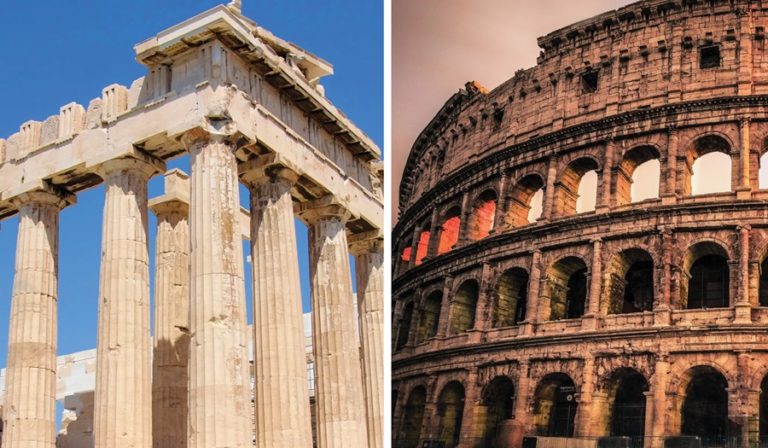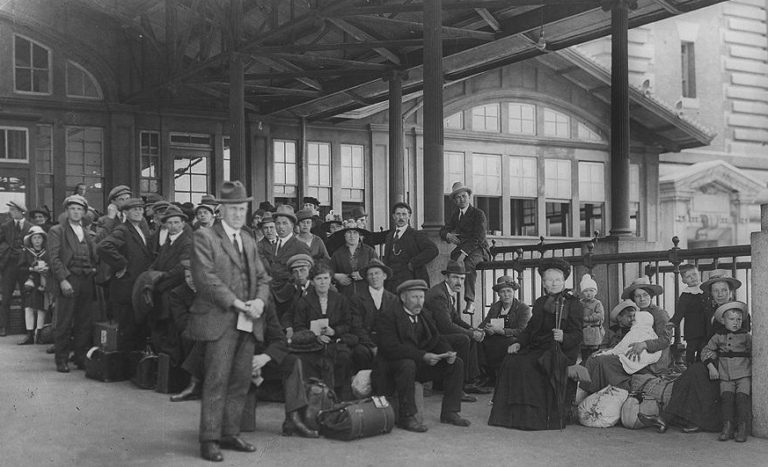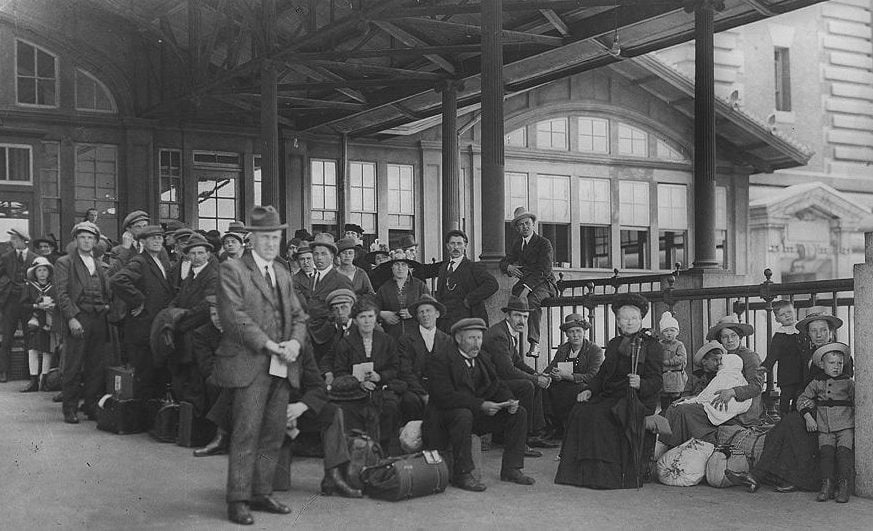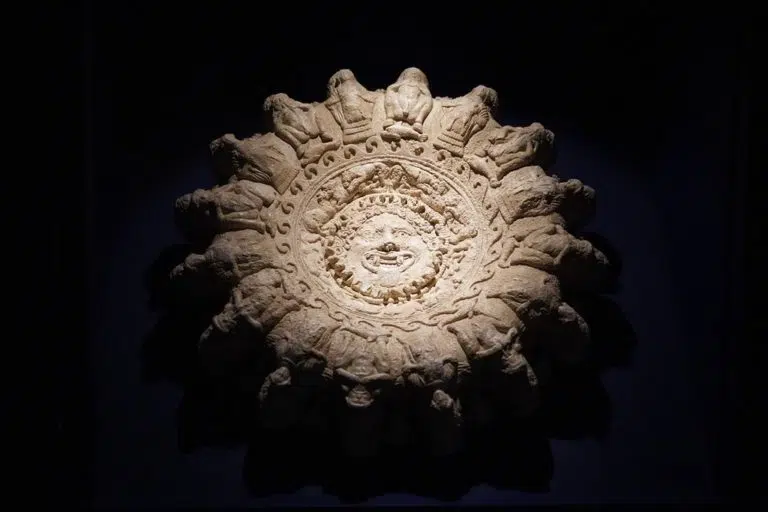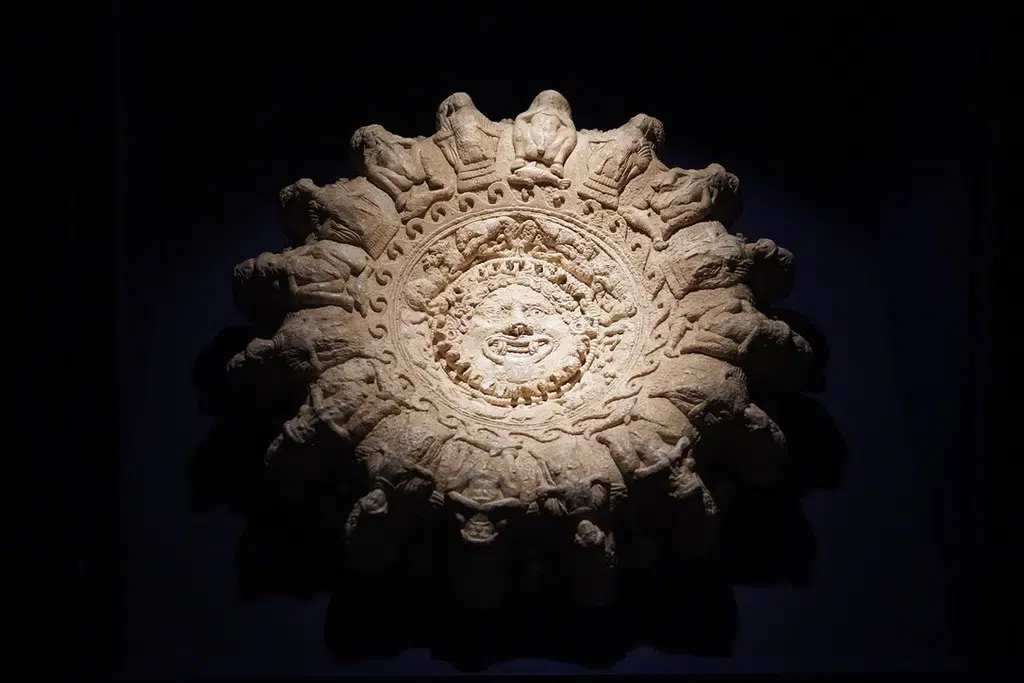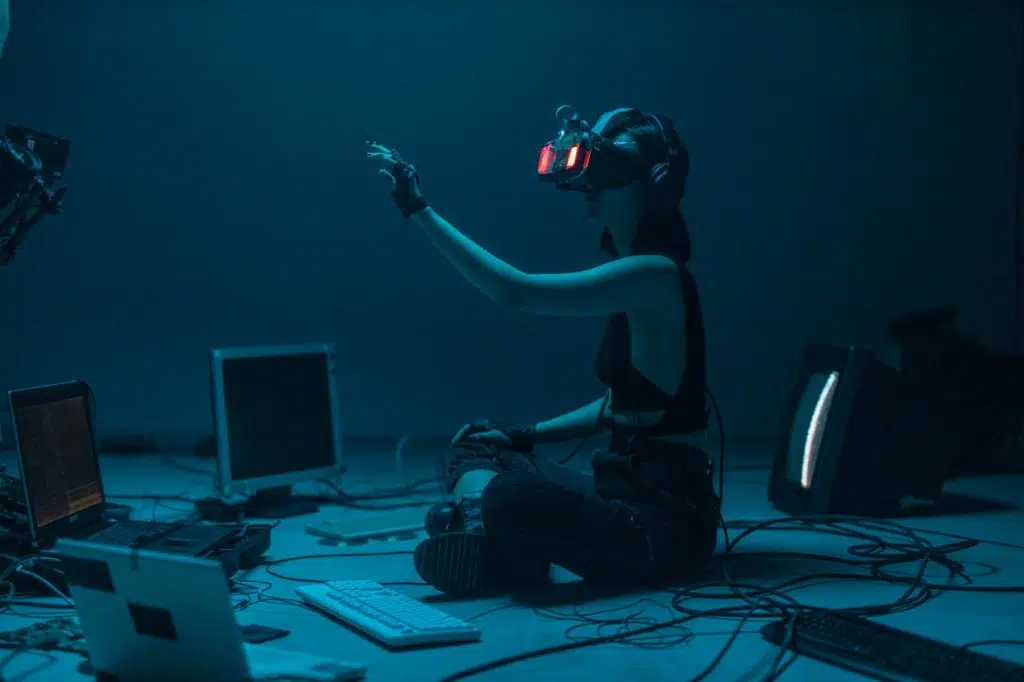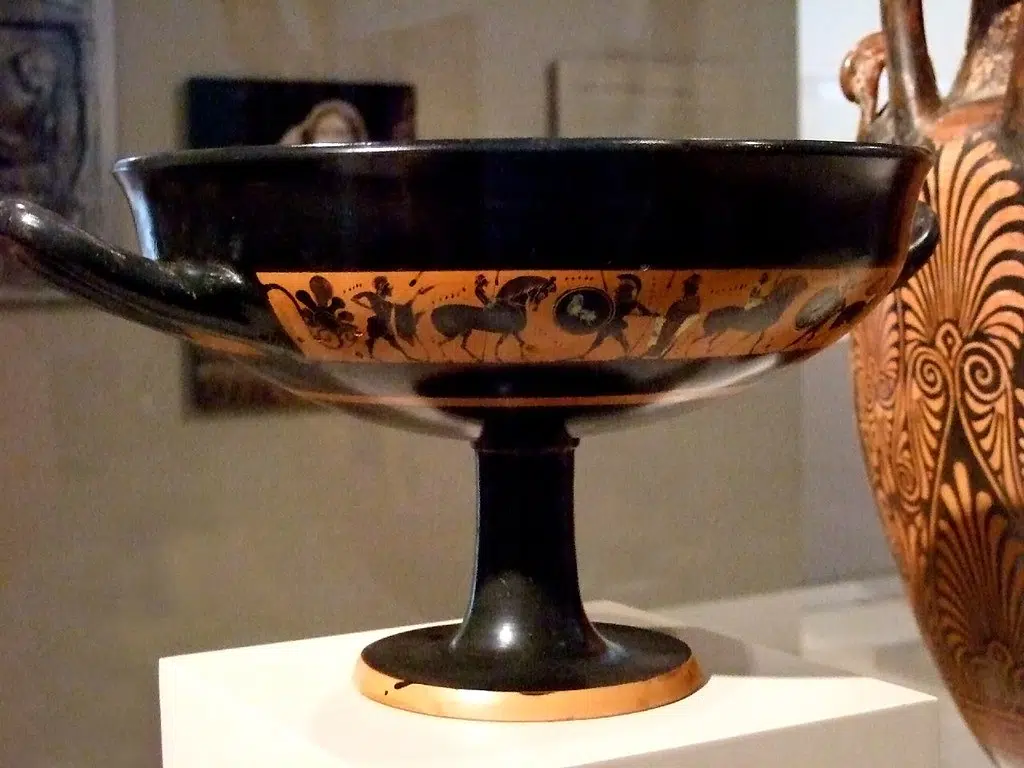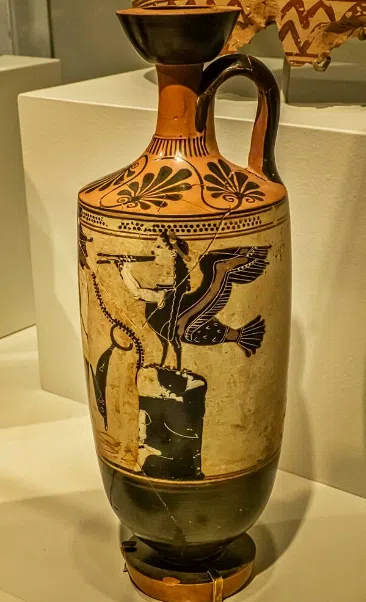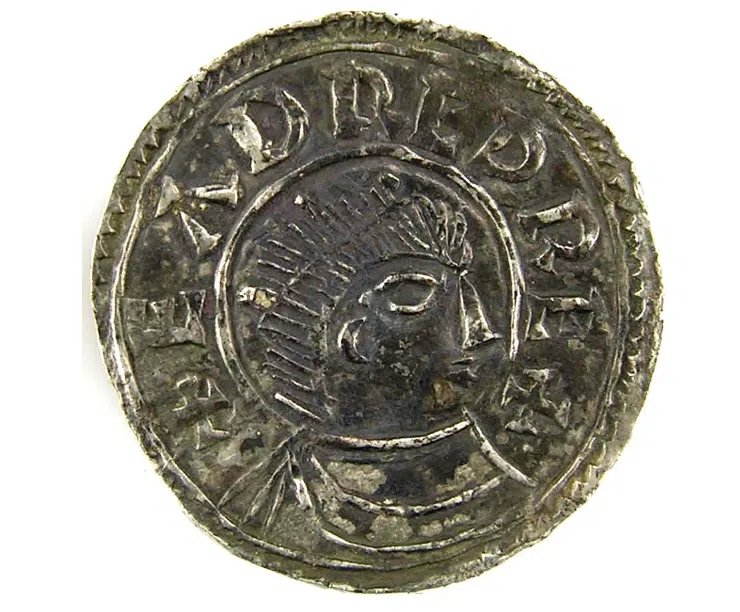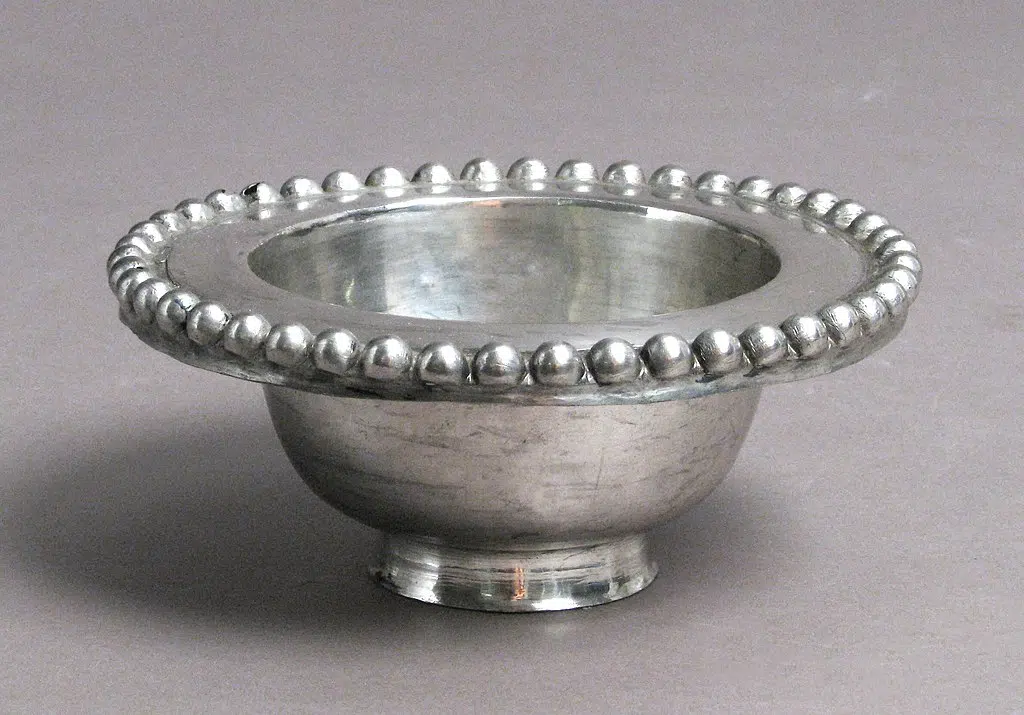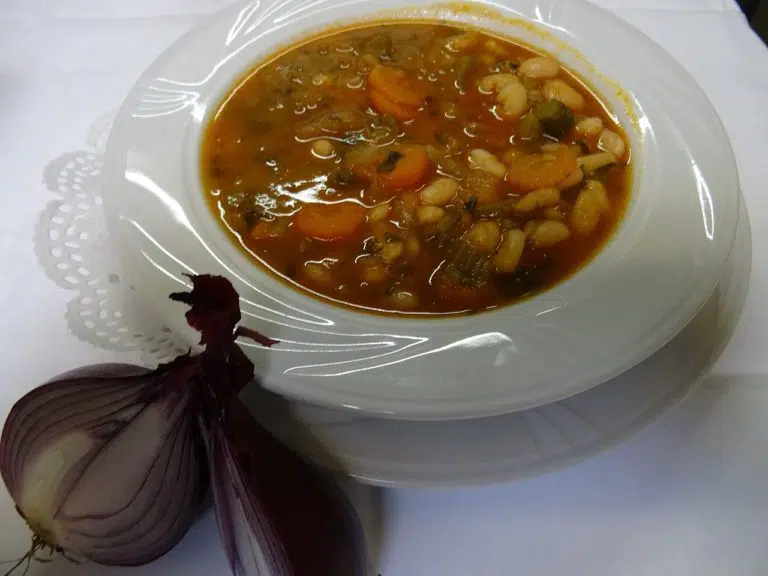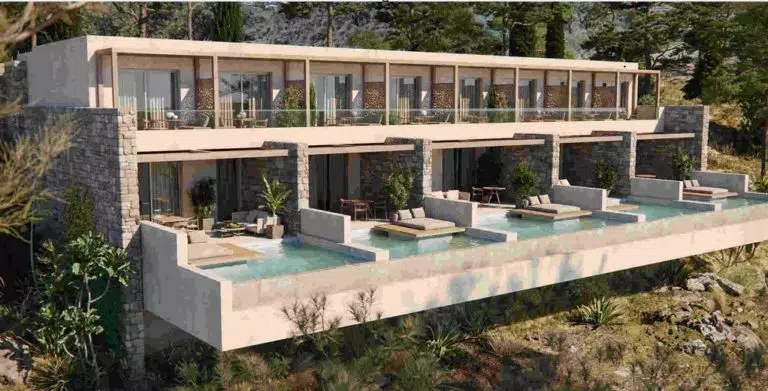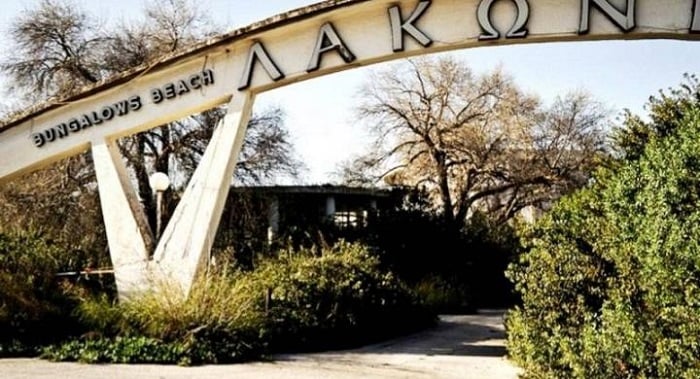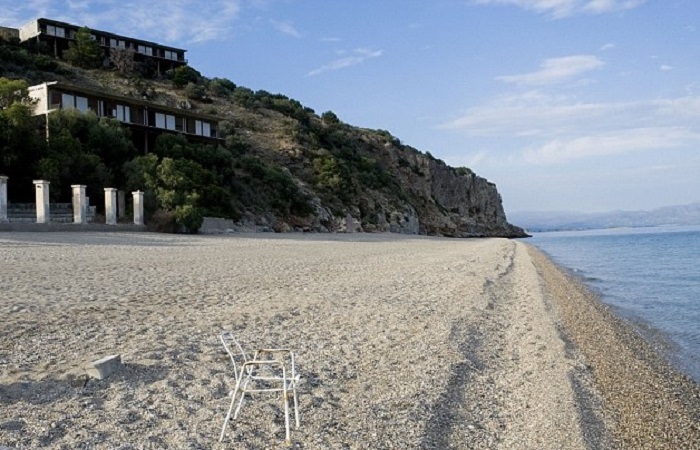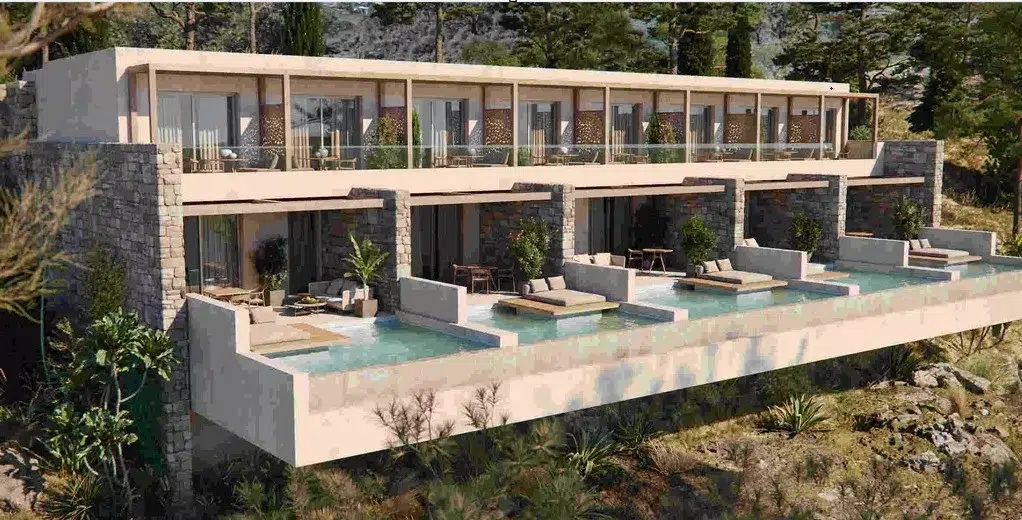
“Greece, conquered Greece, her conqueror subdued, And Rome grew polished, who till then was rude.”
Horace, the leading Roman lyric poet during the time of Augustus.
In 146 BC, Greece yielded to the military might of the Roman Republic; sixty years later, when Athens and other Greek city-states rebelled against Rome, the Roman general Lucius Cornelius Sulla destroyed the city of Socrates and Plato, laying waste to the famous Academy where Aristotle had studied.
However, the traditions of Greek cultural life continued to flourish during the centuries of Roman rule that followed—in the lives and work of a distinguished array of philosophers, doctors, scientists, geographers, and theologians.
In a new book titled “The Children of Athena: Greek Intellectuals in the Age of Rome,” Charles Freeman’s accounts of such luminaries as the physician Galen, the geographer Ptolemy, and the philosopher Plotinus are interwoven with contextual “interludes” that showcase a sequence of unjustly neglected and richly influential lives.
A cultural history on an epic scale, The Children of Athena presents the story of a rich and vibrant tradition of Greek intellectual inquiry across a period of more than five hundred years, from the second century BC to the start of the fifth century AD.
Conquered Greece never accepted Latin
Freeman notes that Greeks never accepted Latin as their language. They simply believed their language was superior.
“Greek is the most pleasant language and the most fitting for humans. If you observe the words used by other peoples in their languages, you will see that some closely resemble the wailing of pigs, others the sound of frogs, others the call of the woodpecker.”
Galen of Pergamon, one of the most influential ancient physicians in history.
While many groups, particularly in Western Europe, adopted Latin during the centuries after the Roman conquests, the Hellenistic world never did. They believed their language outranked Latin, Freeman writes.
“Even when the Greeks adopted Roman identity instead of calling themselves Hellenes, they still spoke the Greek language. Roman admiration for Greek put no pressure on them to change their language either.”
Map of the languages spoken in the Roman state in 500 AD. It is impressive that despite 600 years of Roman rule Greek was the main spoken language in the Roman Empire! Notice also that the main language spoken in Egypt was Greek and not Egyptian! pic.twitter.com/awgoSAvXS2
— well-meaning (@FreshSummerWind) November 17, 2023
Of course, one of the most obvious aspects of the Greek culture that the Romans appropriated was their religion, adopting and renaming many of the Hellenic gods and keeping the many myths surrounding them.
Along with this, the Romans adopted Greek architectural and artistic styling.
Greeks integrated into Rome and its empire
After the Romans had conquered the Greek world, the Hellenes became very well-integrated.
By the end of the first century BC, under the emperor Augustus, Roman rule had become a comparatively frictionless process.
While prejudices remained stubborn – The Romans ridiculed the lack of fighting qualities among the Greeks, the Greeks saw the Romans as boorish and uncultured — the elites of both recognized the advantages of collaboration.
The more educated Romans were attracted by Greek philosophy, especially Stoicism, and science. Greeks provided the most respected doctors, as we shall see in the case of Galen, and the Roman elite spoke Greek, Freeman writes.
So important was Greek philosophy to the Romans that even one of their emperors, Marcus Aurelius Antoninus Augustus, was heralded as a philosopher king.
He is considered one of the greatest and more influential Stoic philosophers in history, with his text The Meditations being the primary piece of literature he left behind to reveal his inner understanding and thoughts towards his philosophy.
Rome was “light” on Greece
“In fact, Roman administration was remarkably light, and this allowed Greek cities to run their own affairs and prosper,” Freeman notes.
Despite its suppression by Sulla, the Assembly in Athens is recorded as issuing its own decrees again as early as 49BC. The Romans invested in the Greek world, and the petty infighting that always held the Greek city-states back was no longer occurring.
“The two civilizations compensated for each other’s strengths and weaknesses.” Ironically the Greek cities did still continue competing with their neighbors, but now it was to try to make their city the best city in a more civic sense rather than militarily.
Roman immigrants to Greece “seem to have experienced few difficulties fitting in. Studies show that Roman immigrant families adopted Greek after two generations, largely as a result of marrying locals. They were even competing in Greek games.”
Rome had no dislike of Greece and its language
This is also telling – the Romans mostly had no phobia or dislike of the Greek language, no desire to subjugate it to Latin. Romans had no qualms about learning Greek.
This relationship worked because the Greeks knew if they rebelled consequences would be severe:
“The conquered Greeks had to accommodate themselves to the reality of Roman hegemony. There was tacit acceptance that Roman rule was impregnable and acquiescence inevitable.
“Opinions varied on the quality of the Roman mind (Remarkably, many of the Greek elite did not speak Latin at all). But some, such as Polybius and Plutarch, were prepared to seek out kindred souls and friendships (with the Romans),” according to Freeman.
The compatibility of Greek and Roman culture would eventually lead to the Romanization of Greek identity, eventually Greek speakers would be the only ones left carrying the Roman imperial banner after Late Antiquity.
The Greek intellectual tradition was also able to continue and thrive under Roman rule. And it was mostly those medieval Romans who would preserve the texts of the Ancient Greek intellectuals.



